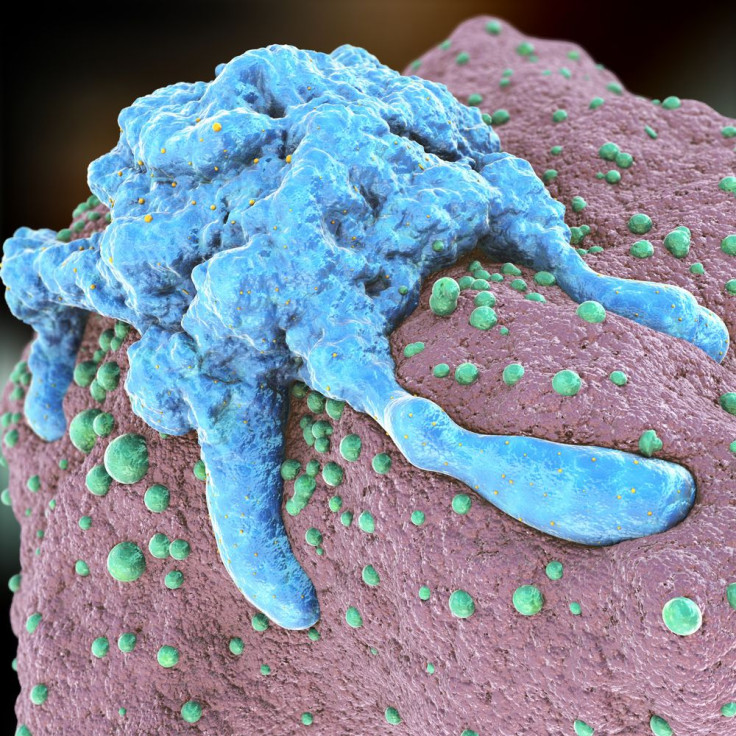Cancer Diagnosis May Soon Be As Easy As Taking A Pill: Scientists Working On The World's Most Non-Invasive Cancer Diagnosis Test

Scientists are working to create a pill that would allow doctors to diagnose cancer with a simple blood test. The pill, designed by Stanford Medical School researchers, would cause cancerous tumors to release biomarkers into the bloodstream, and when completed, it would become the world’s most non-invasive cancer diagnosis test.
In a recent study, the Stanford researchers customized tiny rings of DNA called DNA minicircles, which force tumors to release cancer biomarkers. So far, the DNA minicircles have been tested on mice, and according to the press release, they had no effect on healthy animals but caused the tumors in mice with cancer to produce a substance that could be detected in a blood test in as little as 48 hours. The Stanford team believes this discovery has the potential of leading to the creation of the pill, which would enable a highly accurate blood test for a wide range of cancers in a few short years.
Biomarkers
Biomarkers excreted by tumors have been used to detect cancer for some time now. Unfortunately, each tumor creates its own specific marker and these markers are often produced in quantities too small for detection, FOX News reported, which has made diagnosing cancer a challenging task. What's more, often biomarkers caused by healthy tissue closely resemble those created by tumors, so even when these markers are detected, they don’t officially indicate the presence of illness.
Researchers hope the newly created DNA minicircles will change all that. When introduced to the body, the minicircles are taken in by both healthy and cancerous cells, the press release reports. However, they contain something called a genetic promoter that helps to identify when the gene survivin is switched “on.” Since this gene is only ever turned on in the presence of cancer, the DNA minicircles only ever stimulate the production of biomarkers in unhealthy cells. The specific biomarker produced is known as embryonic alkaline phosphatase, or SEAP. It is found naturally in human embryos, but not in adults, which is why the detection of its presence in adults “unambiguously signifies cancer.”
The survivin gene is activated in a wide variety of cancers, including breast, lung, and ovarian, giving this method huge potential in the field of cancer treatment.
The Cancer-Diagnosing Pill
In studies on mice that had been purposely exposed to human melanoma cells, the SEAP could be detected as soon as 48 hours after exposure to the DNA minicircles. The strength of this detection declined after 72 hours.
Although at the moment limited to animal studies and intravenous injection, the team hopes to soon transform the procedure to a simpler version that could be used on humans.
“We haven’t got it down to a pill yet, but the oral delivery part of this is likely a solvable problem — only a few years off, not five or 10 years off,” Dr. Sanjiv “Sam” Gambhir, lead author of the study, explained in the Stanford press release.
Gambhir also foresees adding onto the DNA minicircles method, allowing them to not only detect the presence of a small tumor but also pinpoint its exact location in the body using remote imaging.
Source: Gambhir SS, Ronald JA, Chuang, HY, et al. Detecting cancers through tumor-activatable minicircles that lead to a detectable blood biomarker. PNAS. 2015.
Published by Medicaldaily.com



























